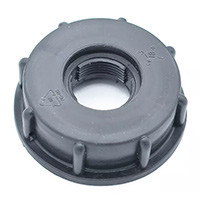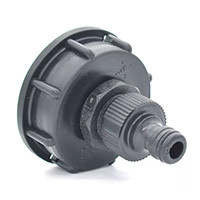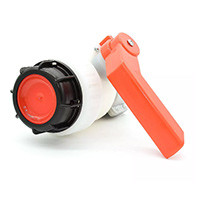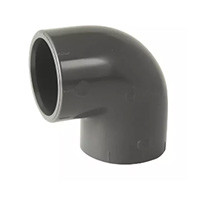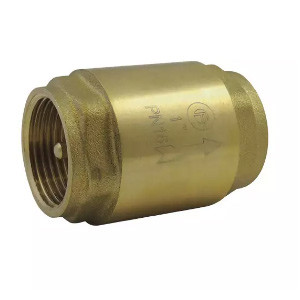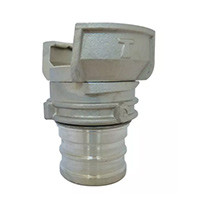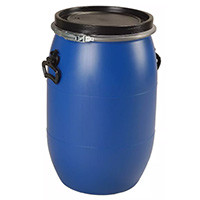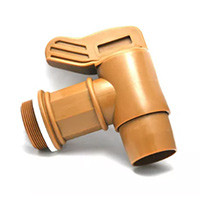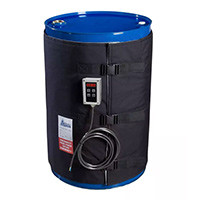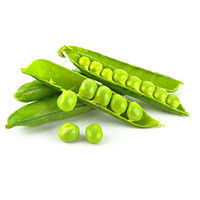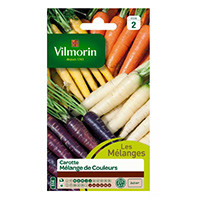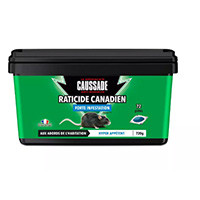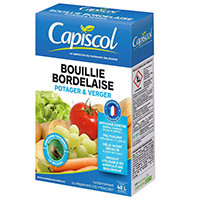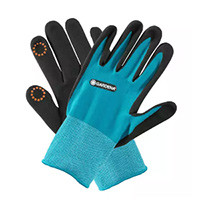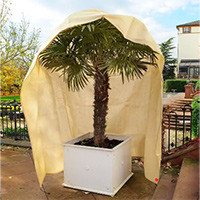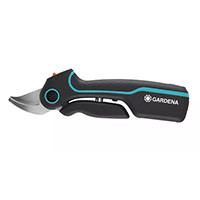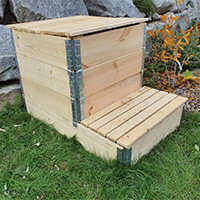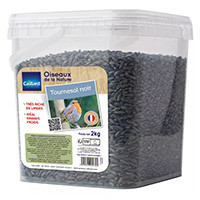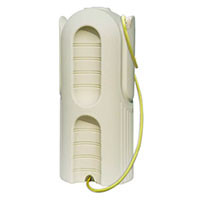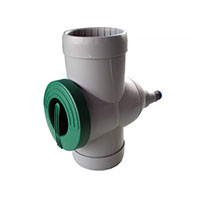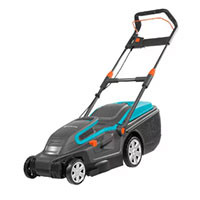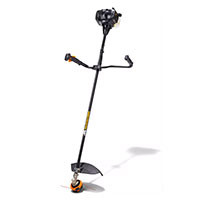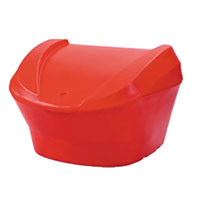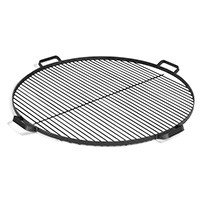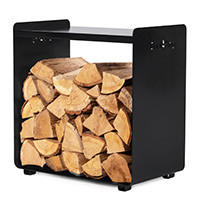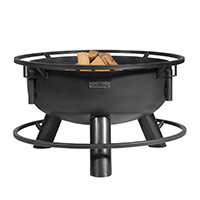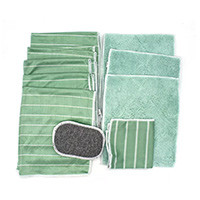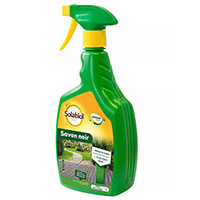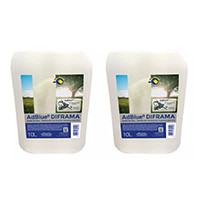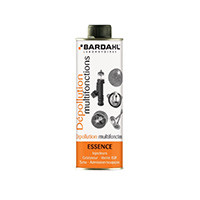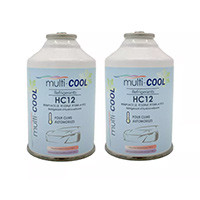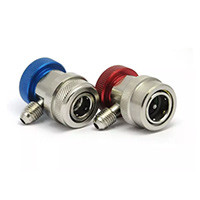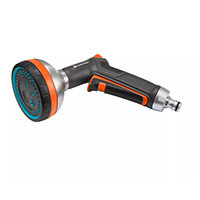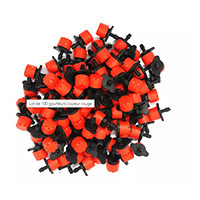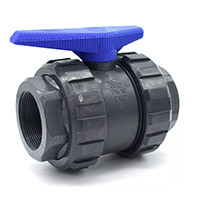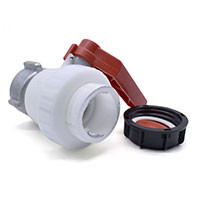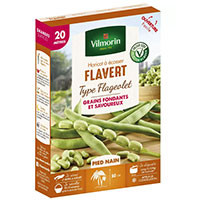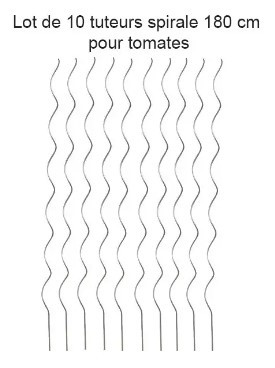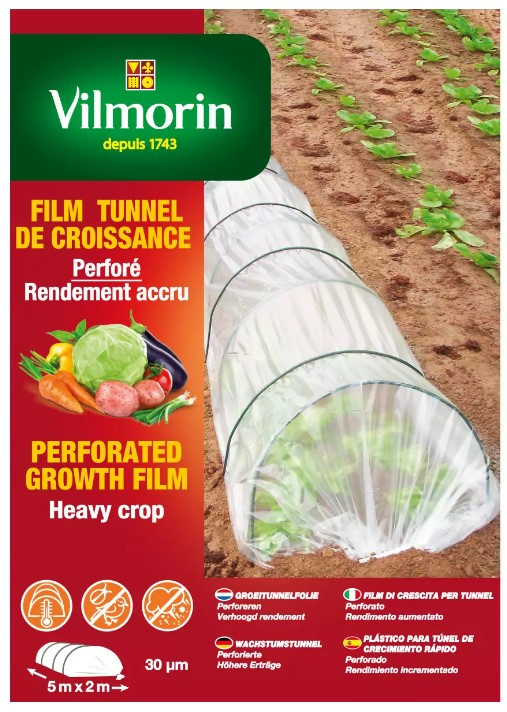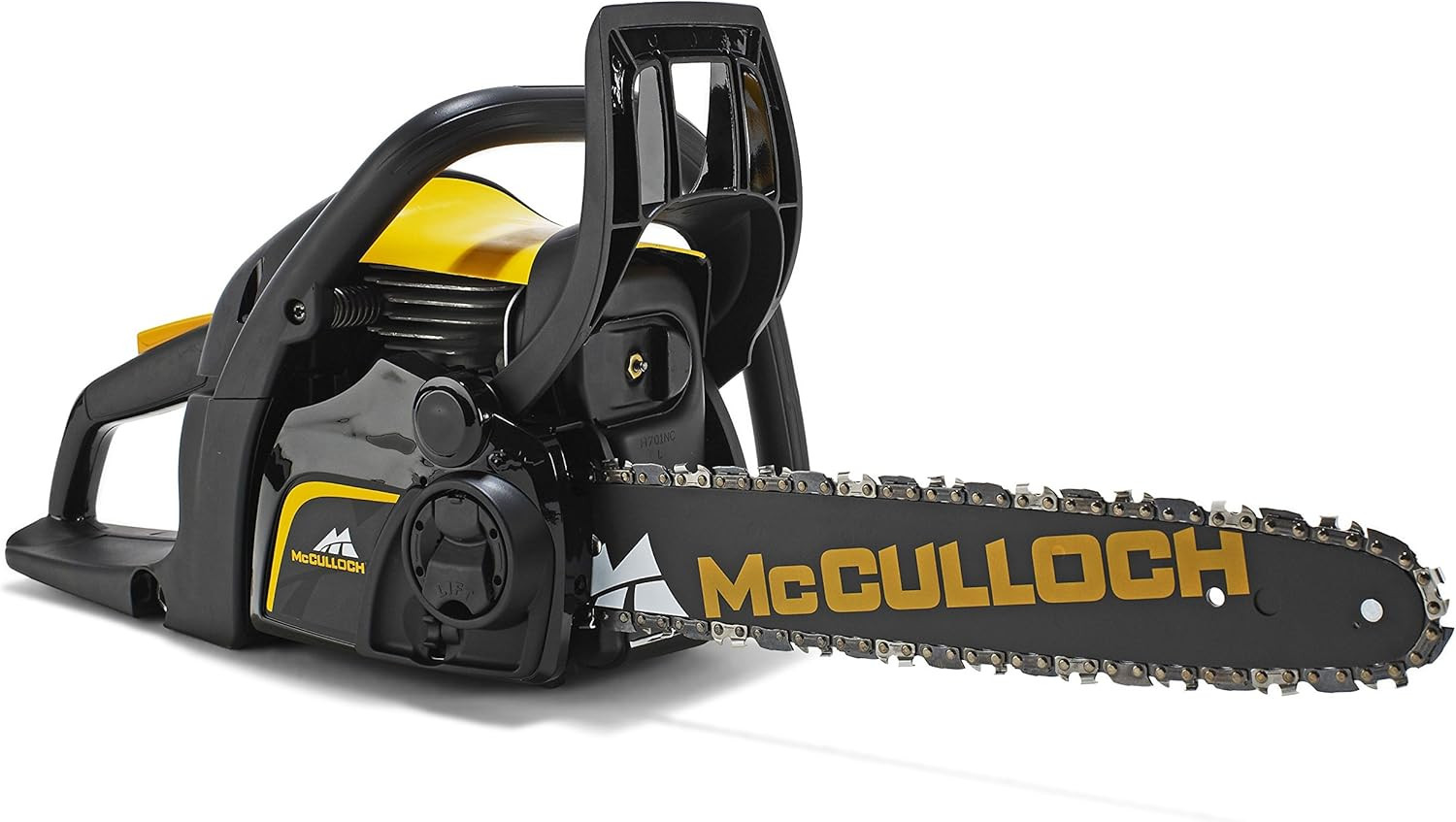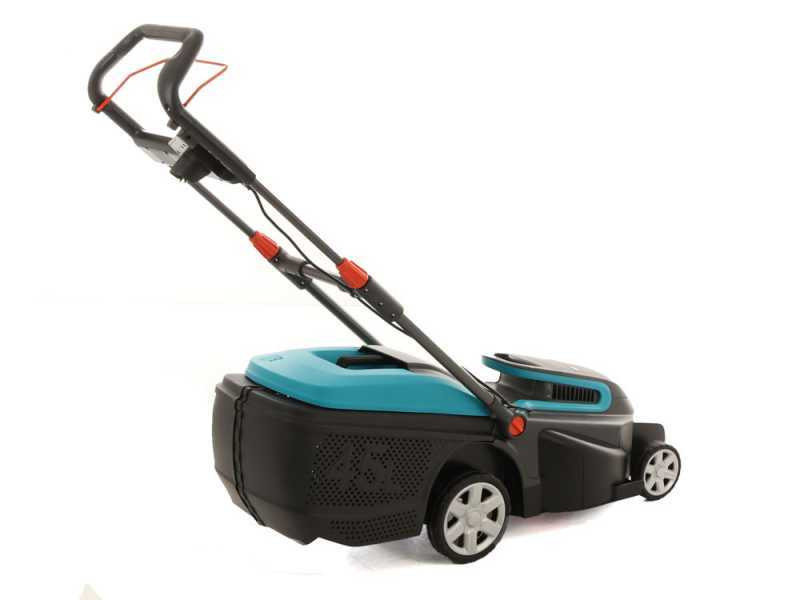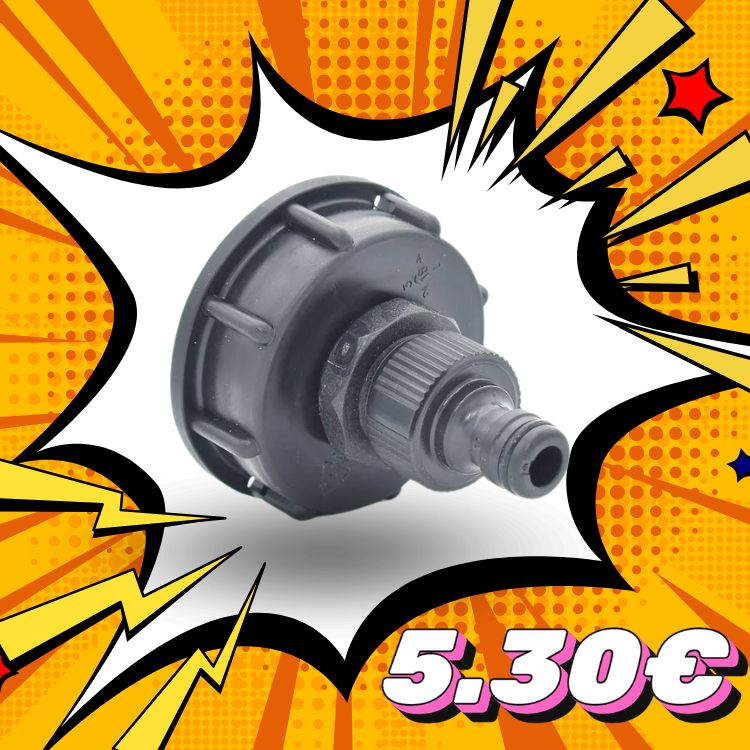
How to choose your watering programmer?
How to choose your watering programmer?
If watering your lawn that was originally a real pleasure is gradually becoming a chore, it's time for you to think about programming or automating this task. It is still necessary that your water system allows it and, if this is the case, that the chosen solution is effective. Today we come back to the different steps to follow to ingeniously delegate watering to a programmer.
The flow and pressure of the watering water
Before anything else, the first test to do is to determine what is the hourly flow of water at the outlet of the tap you use to water your lawn. Here's how:
- Bring a large container (the approach is the same with a small container, but the margin of error will be greater) that is to say at least 15 liters and a stopwatch (all mobile phones usually have one, but the second hand of your watch also does the trick).
- Place the container under the tap, open the water and measure how long it takes for the container to fill with water.
- Apply the following formula: capacity divided by duration in seconds and multiplied by 3600 (because there are 3600 seconds in an hour).
- The result in liters/hour is the hourly flow of your system.
Example: for a 15-liter container that fills up in 30 seconds, the hourly flow is 1800 liters/hour.
It is rather a good flow rate for watering, but this diagnosis must be supplemented by another data: the pressure which is expressed in bars. Unfortunately, there is no practical trick to share, you have to bring a pressure gauge and make the measurement near the water supply.
Generally speaking, but of course each lawn has its own characteristics, for an optimal flow rate, it would be necessary to have a flow of 18 liters / hour for a pressure of 3.5 bar.
Scheduled or automatic watering?
With the above information, you still have a major decision to make: do you want the current watering system for your lawn to be simply connected to a programmer or do you want to bury the said system at the same time as you are going to program it in order to fully automate it?
In the second case, it is much more important work since you will have to dig trenches, install the sprinkler system and plug the trenches. We are only interested in this article in the simple addition of a watering scheduler on an above-ground system.
The characteristics of a good watering programmer
Four main things to consider when choosing your watering scheduler: its strength, ease of use, programming options and the additional functions it contains .
Robustness: Read multiple user reviews before buying your programmer, and take the time to calculate the value for money. A few tens of euros more at the start may be enough for the device to provide good service for a few more years. Also trust your instincts when you have the programmer in hand.
If it seems light and made almost entirely of plastic, in short if it looks fragile, it will be. Also, when reading consumer reviews, pay attention to small comments like, "I've noticed that my programmer works best when I put it in the shade." If your faucet is in direct sunlight, simply switch to the next scheduler.
Ease of use
During the first use, it is quite normal to spend a little time, or even several hours, deciphering the manual and playing with the time and frequency buttons for watering. However, if you have to use one or more people to complete the programming and if this is how it is every time you want to change a parameter, it quickly becomes frustrating. Opt for simple models that you can easily understand how they work. Some high-performance models simply have two buttons.
However, it is important to know your needs. If the device is only intended for your lawn, it is very simple, because the programmer will always be connected to a single pipe. On the other hand, if you also want to water the vegetable garden, the flower bed at the front of the house and maybe let's say a grove, you must consider a multi-way watering programmer. Multi-channel models range from 2 to 15 channels.
Programming options
Beyond the frequency and time of watering, it may be interesting to also set the desired watering days as well as the start time.
For each of the parameters, also check the degree of accuracy: for example, is the maximum watering time 120 or 240 minutes?
Other functions
And of course, manufacturers compete in innovation to offer their customers all kinds of functions, some of which turn out to be very convenient.
Thus, some are equipped with a humidity sensor that, depending on the detected rate, stops watering on its own if it is not necessary.
Other models for their part have an LCD screen which greatly facilitates the reading of the data at the time of programming.
Still others have a state of charge light that tells you when it's time to change your programmer's battery.
Conclusion
So there are watering programmers for all types of gardens and all budgets. Just make sure before buying yours to know your needs and the particularities of your land.
Share this content

